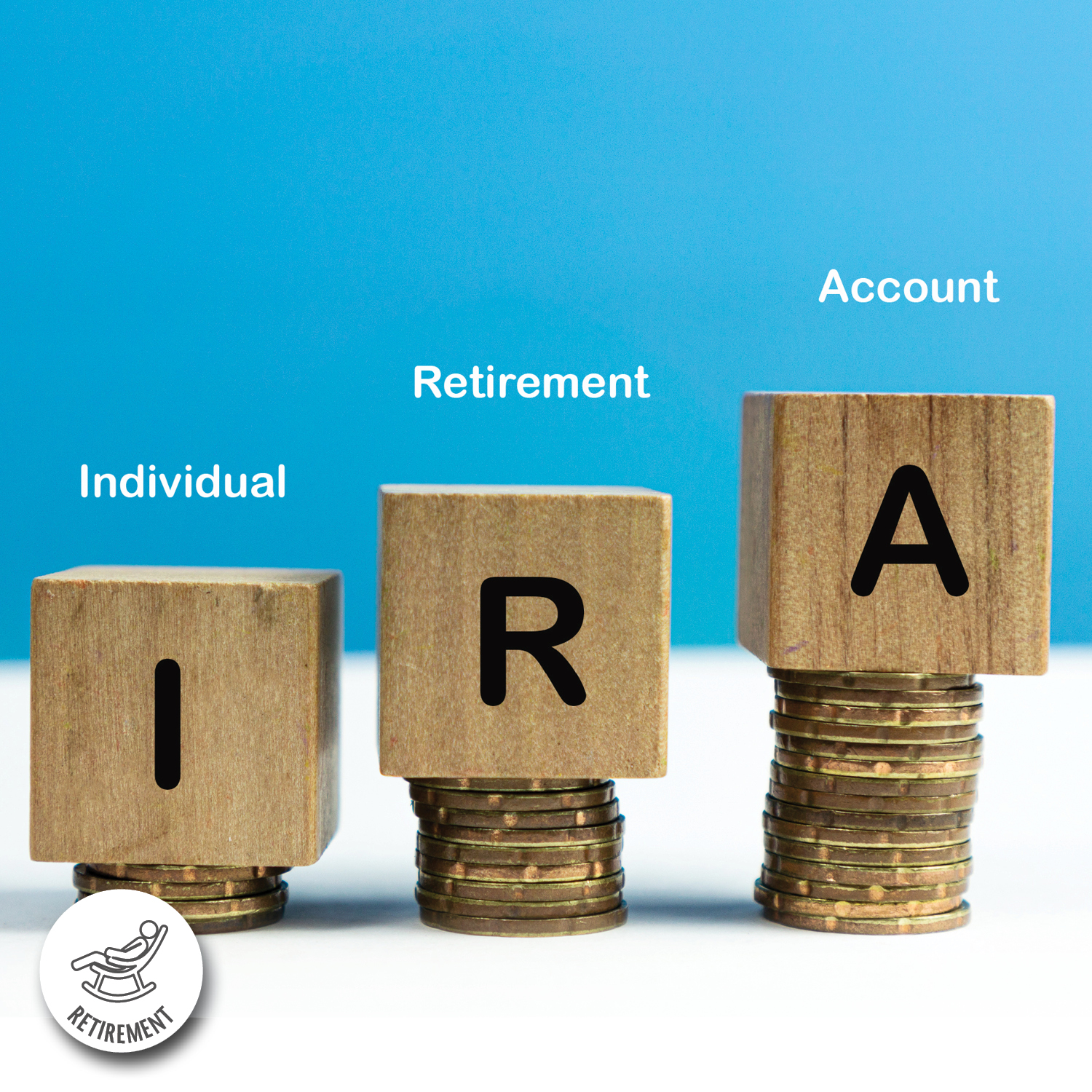Retirement Primer: All You Need to Know About Roth IRAs

A Roth IRA is a popular alternative to the traditional IRA. With a few small but significant changes to its structure, the Roth IRA offers account holders a uniquely powerful tool for retirement savings. Here’s what you need to know about Roth IRAs and how to manage them effectively.
What is a Roth IRA?
Unlike traditional IRAs, contributions to a Roth IRA are made with after-tax dollars. There is no immediate tax deduction, but qualified withdrawals made during retirement, including earnings, are completely tax-free.
How do Roth IRAs work?
Here’s a quick rundown of how Roth IRAs function:
- Tax deductibility. Contributions to a Roth IRA account can only be made with after-tax income and are not tax-deductible.
- Tax-free withdrawals. During retirement, you can take withdrawals without paying any taxes on these funds. You must be 59 1⁄2 and have held an account for at least five years before you can make withdrawals without paying any taxes or penalties.
- Contributions. To contribute to a Roth IRA, you must have earned income. Contribution limits are set annually by the Internal Revenue Service (IRS) and will vary based on factors like age and income level.
- No required minimum distributions. Roth IRAs don’t mandate required minimum distributions (RMDs) during the account holder’s lifetime. This feature can be advantageous for those who want to continue growing their savings or plan to leave the funds to their heir(s).
What are the benefits of Roth IRAs?
The primary advantage of Roth IRAs is their reversal of the way traditional IRAs are taxed. Instead of giving account holders a tax break for deposits and taxing withdrawals, Roth IRAs require taxes on contributions, but feature tax-free withdrawals. This makes Roth IRAs the perfect choice for individuals who envision being in a higher tax bracket upon retirement. At retirement, account holders will enjoy a pot of completely tax-free income. However, individuals who anticipate being in a lower tax bracket upon retirement will likely do better with a traditional IRA as opposed to a Roth IRA.
What do I need to consider before opening a Roth IRA?
- You’ll have a wide choice of investment options for a Roth IRA, including stocks, bonds, mutual funds and exchange-traded funds (ETFs). Be sure to choose an investment that aligns with your risk tolerance, time horizon and overall retirement goals.
- If your retirement funds are currently in a traditional IRA, you may be considering a Roth conversion, wherein you convert the funds in a traditional IRA to a Roth IRA. You’ll need to pay taxes on the full amount transferred to a Roth, but then you’ll enjoy tax-free withdrawals upon retirement. This can be a wise course of action if your life circumstances change and you now expect to be in a higher tax bracket upon retirement. However, before taking this step, be aware that the added taxable income from the funds you are converting may push you into a higher tax bracket the year you make the switch. You can avoid this by converting the funds over several years instead of all at once.
How can I manage my Roth IRA effectively?
If you’re opening a Roth IRA or already own one, here’s how you can manage it effectively.
First, be sure to continually consider your tax bracket to ensure a Roth IRA is the best choice for you. Remember that this retirement account works best for those who will be in a higher tax bracket upon retirement.
Next, keep up with all changing Roth IRA rules as set by the IRS. To maximize contributions and make withdrawals without penalty, you’ll need to know and follow the most recent laws.
Finally, consistency is key when building retirement savings. Consider setting up automatic contributions to your Roth IRA to ensure a disciplined and regular approach to saving. This can be particularly beneficial for individuals who find it challenging to contribute an annual lump sum.
A Roth IRA can be a powerful tool for growing retirement savings. Use this guide to make an informed decision about opening a Roth IRA and learn how to manage it effectively.
